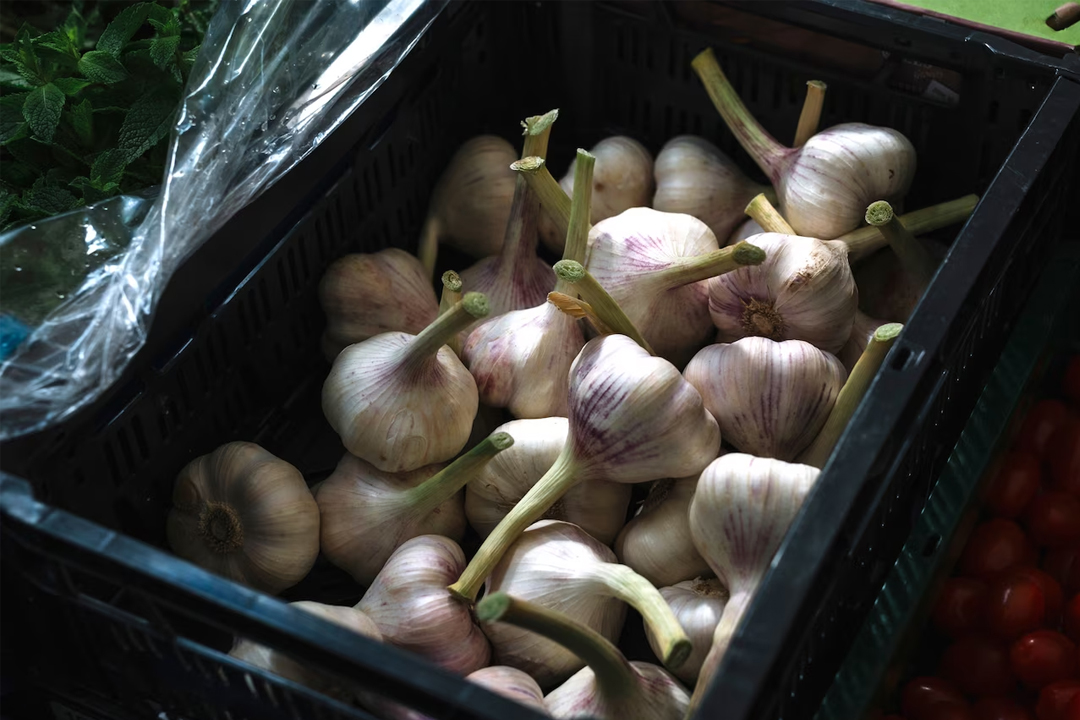
Garlic farming is an important agricultural activity in Africa, as it is a high-value crop that can be grown in many regions of the continent. This guide aims to provide African farmers with practical information on how to start and manage a successful garlic farm.
- Choosing the Right Variety When selecting a garlic variety to grow, farmers should consider the climate and soil conditions of their farm. Some of the popular varieties in Africa include Purple Stripe, Rocambole, and Artichoke.
- Preparing the Soil Garlic thrives in well-drained, fertile soil with a pH range of 6.0 to 7.0. Farmers should prepare their soil by adding organic matter such as compost or well-rotted manure to improve soil structure and fertility. The soil should be tilled to a depth of at least 8 inches to ensure proper root development.
- Planting Garlic Garlic is typically planted in the fall or early spring, depending on the climate of the region. Farmers should plant garlic cloves in rows, with each clove spaced 4-6 inches apart and the rows spaced 12-18 inches apart. Garlic should be planted with the pointed end facing up and the flat end facing down.
- Watering Garlic Garlic needs consistent moisture during the growing season to ensure proper bulb development. Farmers should water their garlic once a week, providing 1 inch of water per week. It is important not to overwater the garlic, as this can lead to disease and rot.
- Fertilizing Garlic Garlic requires regular fertilization to achieve maximum yields. Farmers should apply nitrogen-rich fertilizer such as chicken manure or blood meal in the fall or early spring. In addition, farmers can apply a balanced fertilizer such as 10-10-10 during the growing season to promote growth and development.
- Controlling Pests and Diseases Garlic is susceptible to a number of pests and diseases, including onion maggots, thrips, and rust. Farmers can control these pests and diseases by using organic pesticides such as neem oil or by rotating crops to reduce the buildup of pests and diseases in the soil.
- Harvesting Garlic Garlic is typically harvested when the leaves turn yellow and begin to dry out. Farmers should stop watering the garlic a few weeks before harvesting to allow the bulbs to dry out. Once the leaves are dry, farmers can harvest the garlic by gently pulling it out of the soil. The garlic should be cured in a warm, dry place for 2-3 weeks before storing.
Examples of Successful Garlic Farming in Africa
- In Kenya, the Olerai Farm has been successful in growing and exporting garlic to European markets. They have implemented a drip irrigation system and use organic farming practices to produce high-quality garlic.
- In Tanzania, the Kilimanjaro Native Cooperative Union has helped small-scale farmers to increase their garlic production through the use of modern farming practices such as crop rotation and intercropping.
- In Egypt, the country’s rich soil and favorable climate have made it one of the top garlic producers in the world. Egyptian farmers have used traditional farming methods to produce high-quality garlic for export to Europe and Asia.
Conclusion Garlic farming can be a profitable enterprise for African farmers, provided they follow proper farming practices and select the right variety for their region. By implementing modern farming practices such as drip irrigation and crop rotation, farmers can increase their yields and produce high-quality garlic for export to global markets.


















